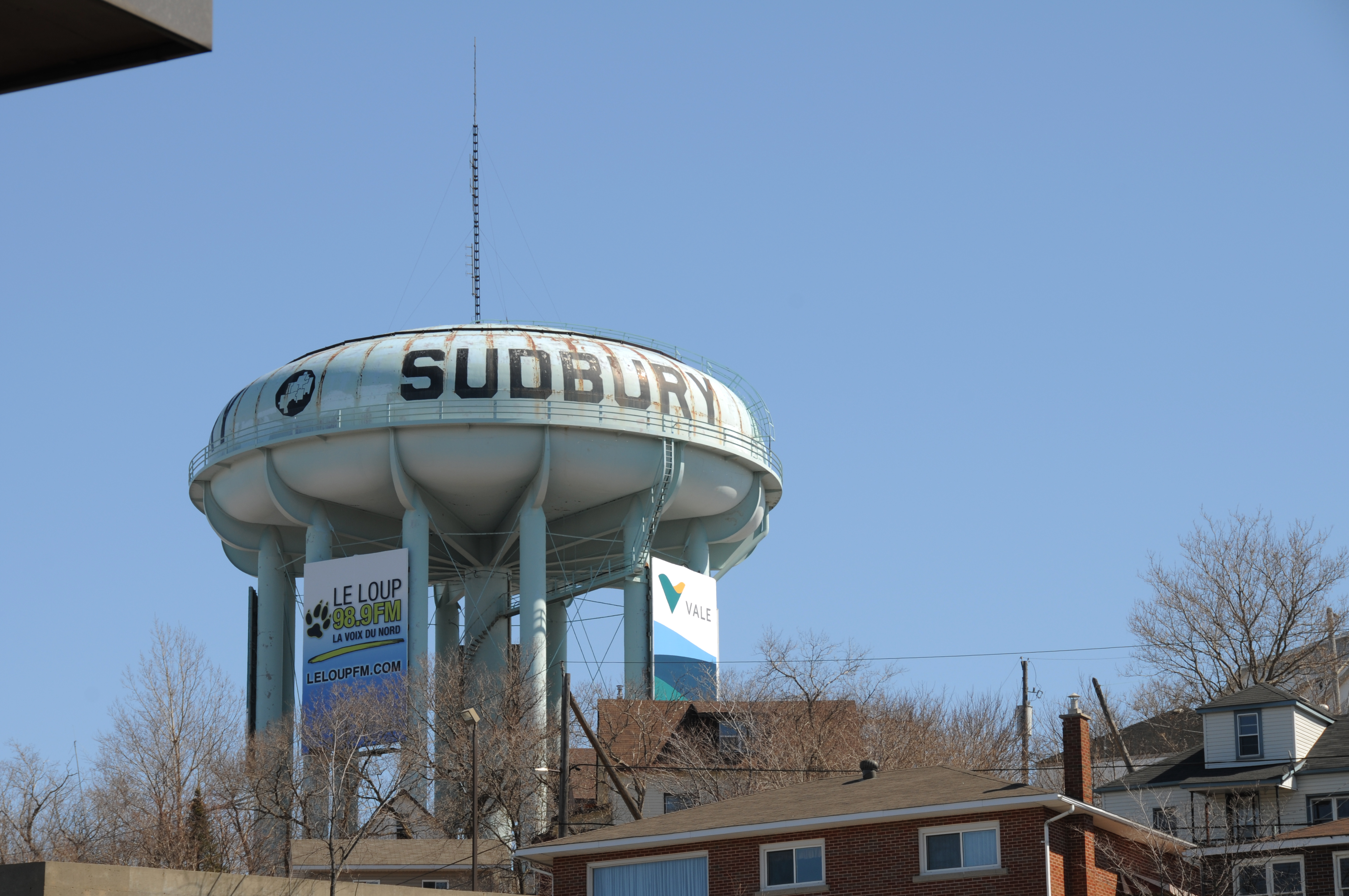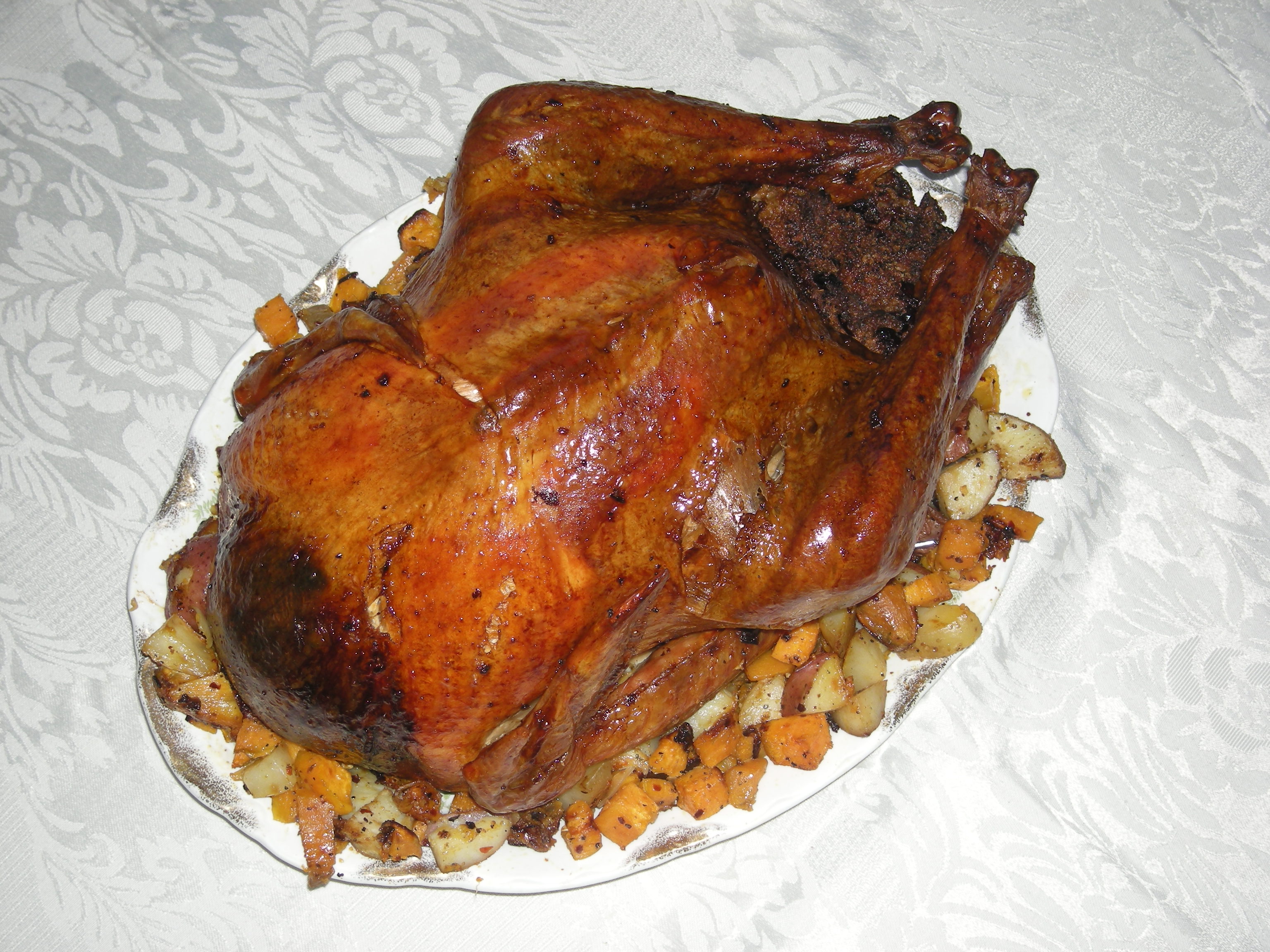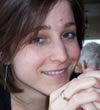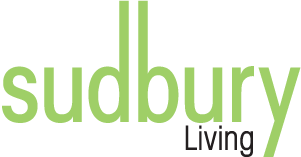Compost comes naturally.
Organic material cannot complete the composting process when it is buried in a landfill as it is deficient of necessary elements such as oxygen and sunlight. Without these elements, transforming organic waste into compost is not possible.
Why should consumers compost?
Composting will reduce household waste up to 30 percent and provide a rich organic product that can be added to soil to nourish lawns and plants. Compost eliminates the need for fertilizer and reduces watering needs. It increases the soil’s organic matter content, moisture-holding capacity, controls soil erosion and helps plants grow and develop a sound root structure.
The City of Greater Sudbury’s Environmental Services Division is involved in several composting initiatives including backyard composting, weekly residential curbside collection of green cart organics and weekly residential curbside collection of leaf and yard trimmings.
Residents and businesses can bring leaf and yard trimmings to the landfill site at no charge.
Backyard composting is promoted through educational material as well as the sale of backyard composters. Greater Sudbury citizens wishing to purchase a backyard composter can make their way to the Recycling Centre located at 1825 Frobisher St, in Sudbury where they can currently be purchased for $38.59 (taxes included).
Materials that can be composted in the backyard composter include: leaves, grass, plants, old potting soil, fruit and vegetable scraps, eggshells, tea bags and coffee grounds with filters.
Materials that should not go into the backyard composter include meat, fish, bones, sauces, fats and oils, dairy products, pastas and breads. While these materials are all compostable, they may cause odours in the composter or attract unwanted wildlife.
So what should be done with these materials? Divert them through the City’s Green Cart program. This program accepts all the materials that are allowed in a backyard composter as well as those items that are not. In addition, non-recyclable papers such as wax paper, parchment paper, tissue paper, serviettes and disposable paper cups and plates can be placed in the green cart. With the Green Cart’s rigid durable shell and tightly locking latch, leftovers will be safer than they ever were in a garbage bag. Give it a try and see how little garbage is left.
Garden plants, hedge and tree trimmings, branches, grass clippings, brush and other plant materia are all compostable in the backyard composter but most of us have more than can fit in the backyard composter. The City will pick up an unlimited amount of leaf and yard trimmings at the curb on the regularly scheduled collection day. Place leaf and yard trimmings in a clear plastic or paper compostable bag. Bundle twigs and branches into bundles measuring no more that 1.2 m by 60 cm (4 feet by 2 feet).
Bags and bundles must not weigh any more than 18kg/40 lbs. Materials that are not included for curbside collection are sod, root balls, stumps from below ground level, gravel or soil and fruit from trees (e.g. apples, crab apples, plums, etc).
If you have an apple or other fruit tree, you may be wondering what you can do with all the unwanted fruit.
You can place them in the backyard composter but if you have too much, place them in certified
compostable bags beside the Green Cart. The City will compost them with other Green Cart material.
How does the City turn all this waste into nutrient rich compost? (bold)
(regular) There are two separate composting pads located at the landfill site. One is for green cart organics and the other is for leaf and yard trimmings. The process for each type of material is similar but the two types of material compost at different rates so they are kept separate. The waste is placed in long triangle rows called windrows.
Wood chips are added to the waste to absorb excess moisture. As the material begins to breakdown, its internal temperature increases. The piles are turned regularly to disperse oxygen throughout the material and regulate the temperature. Once the material reaches the optimal temperature level, the composting process is finished and the material can be used in a variety of
applications.
Unscreened, finished compost is available for sale at municipal landfill sites at a cost of $26 per tonne.
Container prices are also available for smaller amounts. Citizens should check the City’s website or call 3-1-1 to find out which landfill sites have finished compost for sale.














